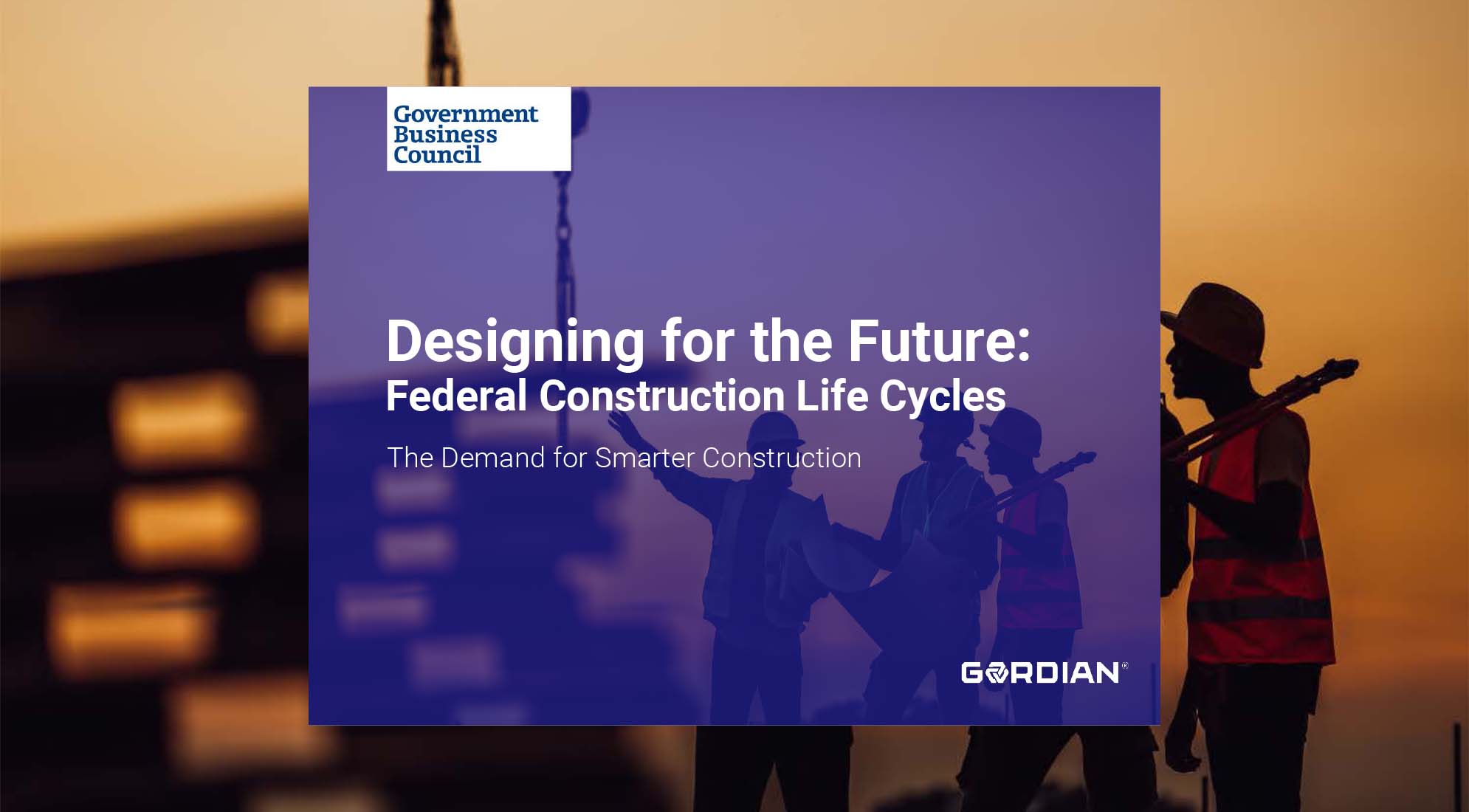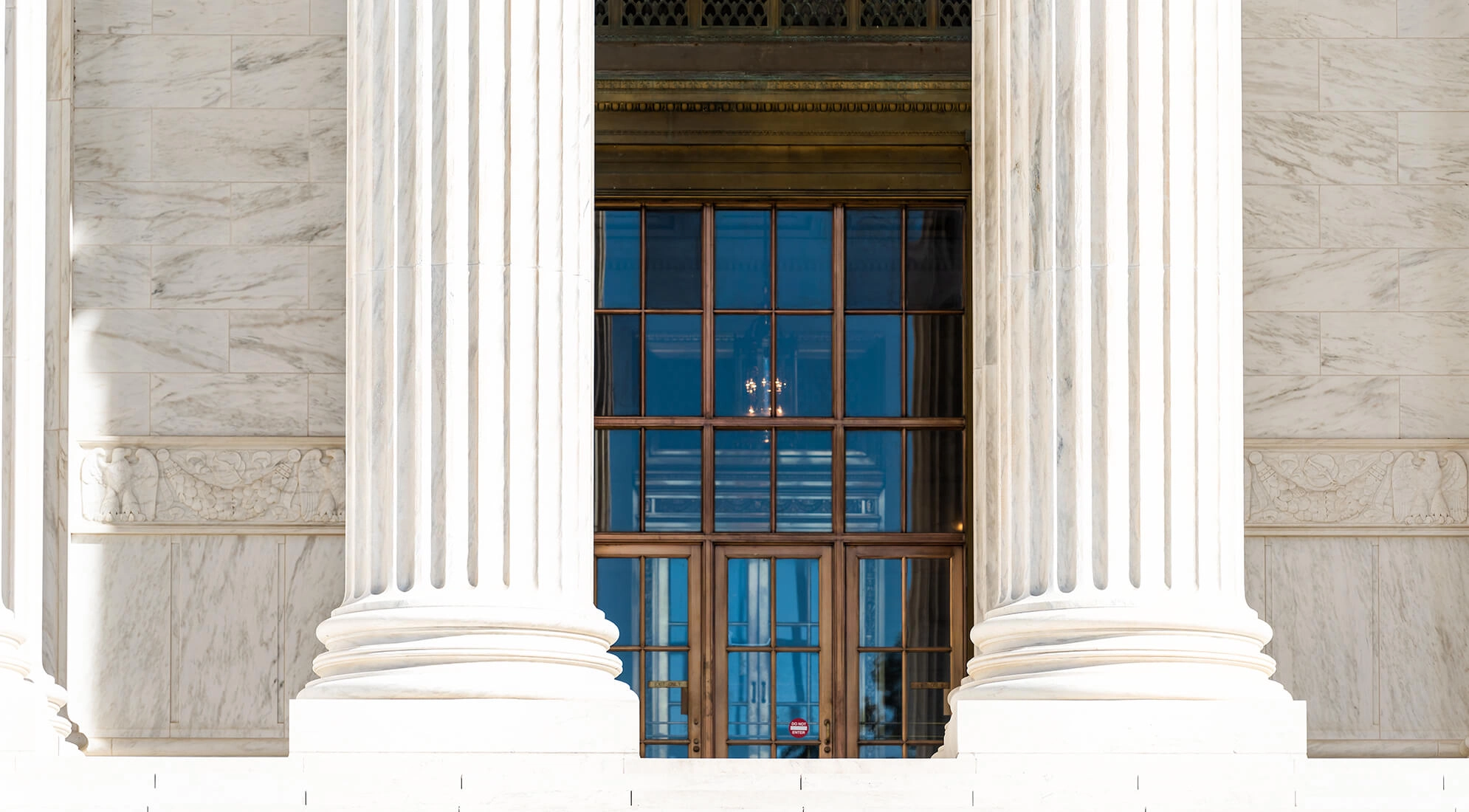With over 130,000 properties in its portfolio, the federal government is the single largest owner of real properties in North America. But the maintenance needs for those properties are continually outgrowing the work being done to address those needs each year, despite the GSA – the agency that acts as the federal government’s property manager – requesting budgetary provision for $1.3 billion worth of repair and modernization projects in FY2021.
As we’ve discussed previously, one of the major contributing factors to the growth of the federal facilities backlog is the inflated costs for federally funded construction and maintenance projects. Here, we’ll take a closer look at the underlying causes to increased construction costs and how they impact the federal facilities backlog.
Causes of Higher Construction Costs
A report published by the Government Accountability Office (GAO) examining GSA construction projects from 2014-2018 notes that federally funded construction projects trend 15% to 25% higher in cost than the same projects would cost if funded privately.
The same report provides insight into why this is the case. It’s not merely that government entities are charged higher prices by contractors and designers; Much to the contrary, federal projects cost more because of internal measures set by the government itself. These measures tend to fit into three main categories: design requirements, personnel requirements and sourcing requirements.
Federal design requirements impact both the practical designs and aesthetic designs of spaces. On the practical side, agency facilities are constructed to meet or exceed a 100-year lifecycle – much longer than most commercial or privately funded projects. This means they must be built with highly durable materials that can withstand the effects of time and the impact of a blasts, should an attack be launched on American soil. Such materials will cost more than less durable alternatives.
On the aesthetic side, the GSA is making efforts to improve the interiors of public-facing spaces with an initiative known as the First Impressions Program. The program intends to remedy the long-ridiculed drab interiors of government buildings, modernizing facilities to cast a better image to citizens who might visit them and improve worker morale. The materials needed to improve the interiors of those spaces will undoubtedly cost more than the typical gray or beige drop ceilings, carpets and cubicle walls that have been typical of government facilities in decades past.
For personnel requirements, the federal government sets minimum wages for its contractors that frequently exceed rates for similar work in many states. These wage rates are decided according to prevailing wage laws, which base pay and benefits off market conditions. Plus, federally contracted workers usually need to go through extensive background checks and security clearance processes, all of which can add extra time and cost to projects.
Lastly, sourcing requirements dictate which materials can be purchased for federal construction work. Generally, priority is placed on purchasing as many building materials as possible from domestic manufacturers, which can cost more than similar imported materials. Additionally, there is a growing emphasis on sourcing materials that are either ecologically sustainable themselves or are manufactured in a low-environmental impact manner which can be more expensive or difficult to find.
The Impact on the Federal Facilities Backlog
As reason would suggest, the greater a particular piece of a project costs or the longer it takes to complete, the more the overall price tag of that project will grow. And even though the federal government pulls from deeper coffers than most private groups, agencies still operate on finite facilities budgets – budgets that are regularly outpaced by the growth of the federal facilities backlog.
In fact, federal construction and maintenance spending dropped every year from 2009 to 2013, and has yet to resurface to pre-2009 levels. The last decade of decreased spending has quickened the degradation of federal facilities, with as many as 45,000 of the 130,000 federally owned and operated facilities being underutilized and outdated. According to the GAO, just 903 federal facilities account for more than $4 billion in maintenance needs.
The maintenance needs of those 45,000 facilities will accumulate at a higher rate than facilities that are more modern or more highly utilized. Add to that the fact that many federal facilities are over a half-century old – with the median age for federal buildings topping 60 years – and it can be safely assumed that the federal facilities backlog will only continue to grow.
An upcoming landmark infrastructure bill may help, but a temporary bump in funding alone won’t remove the entire backlog. A reduction in average project costs, better prioritization of maintenance needs and a more agile procurement solution – like Job Order Contracting, which can bring cost savings, project time reduction and risk reduction to projects – will be needed, as well. Otherwise, the government may face a future where half or more of its building portfolio is no longer suitable for use or financially viable to maintain.











